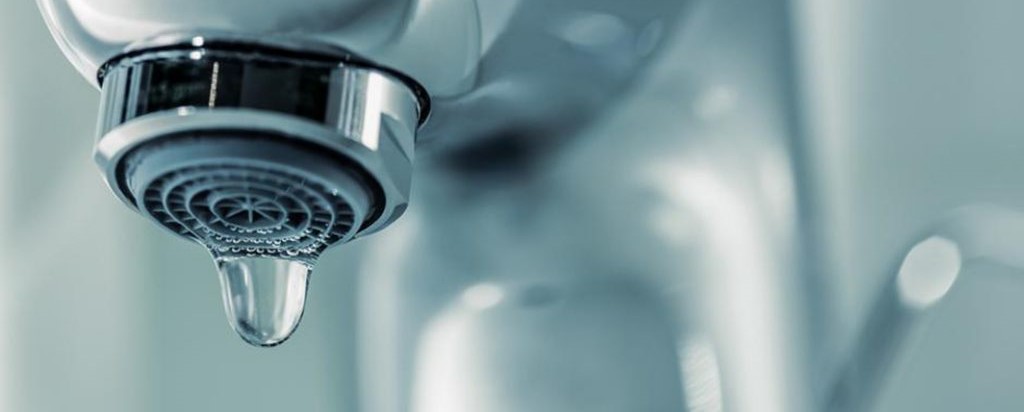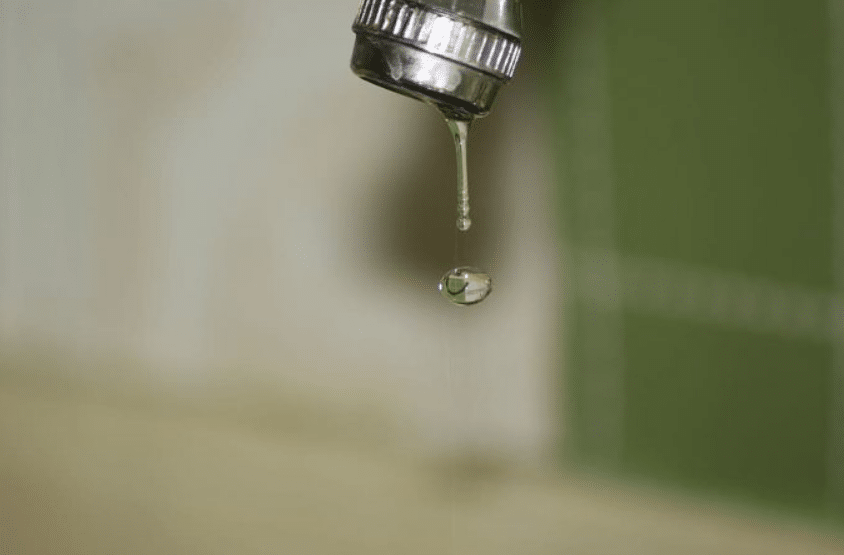Exposing the Key Causes of Leak Problems Inside The Home
Exposing the Key Causes of Leak Problems Inside The Home
Blog Article
This post below about How to Find Water Leaks is exceedingly fascinating. Don't overlook it.

Leakages not just trigger waste of water but can additionally trigger unneeded damages to your home and promote undesirable organic development. However, water leakages could go unnoticed since the majority of the pipework in our residence is concealed. By recognizing and also looking for everyday scenarios that cause leakages, you can secure your home from future leaks and also unneeded damages. Today, we will consider six leakage creates that may be triggering your pipelines to drip.
Trespassing origins
The majority of water leakages start outside the residence rather than inside it. You could notice damp patches or sinkholes in your lawn, and that could mean that tree origins are invading water lines triggering water to seep out.
Corroded water supply
As time passes by, your plumbing system ages as well as deterioration such as corrosion might start eating away the pipelines. This could be the root cause of discoloration or warping on your water pipes. This calls for an assessment with your plumber right away. Take into consideration changing the pipelines because they are at a higher danger of rust than the newer versions if our plumbing system is old.
Malfunctioning Pipeline Joints
The factor at which your pipes attach is often the weakest link in the waterline. Pipeline joints can weaken over time, causing water leaks. The majority of pipe joints are not easily visible. If you have loud pipelines that make ticking or banging sounds, specifically when the hot water is switched on, your pipe joints are probably under a great deal of stress. It is suggested to have your plumber inspect your system annually.
Instantaneous temperature level modifications.
Severe temperature level modifications in our pipes can create them to expand and acquire unexpectedly. This growth and tightening might trigger splits in the pipelines, especially if the temperature level are below freezing. It would be best if you kept an eye on just how your plumbing functions. The existence of the previously pointed out circumstances frequently suggests a high risk.
Poor Water Connectors
At times, a leak can be triggered by loose hose pipes and pipelines that provide your appliances. In situation of a water connections leakage, you may notice water running straight from the supply line or pools around your appliances.
Obstructed Drains
Clogged drains pipes could be irritating and inconveniencing, however they can occasionally end up causing an overflow leading to rupture pipes. Keep eliminating any products that might decrease your drains that might block them to stay clear of such inconveniences.
All the above are causes of leaks yet not all water leaks result from plumbing leakages; some leaks may come from roof leakages. All leakages must be fixed instantly to prevent water damage.
Leakages not just cause waste of water however can also cause unneeded damage to your home and promote unwanted organic development. By understanding and looking for day-to-day scenarios that create leaks, you can safeguard your house from future leakages and unneeded damages. Today, we will look at 6 leak causes that might be causing your pipes to leak.
At times, a leakage can be caused by loose hose pipes and also pipelines that supply your home appliances. In instance of a water links leakage, you might see water running straight from the supply line or puddles around your home appliances.
How To Check For Water Leak In Your Home
How To Check for Leaks
The average household's leaks can account for nearly 10,000 gallons of water wasted every year and ten percent of homes have leaks that waste 90 gallons or more per day. Common types of leaks found in the home are worn toilet flappers, dripping faucets, and other leaking valves. These types of leaks are often easy to fix, requiring only a few tools and hardware that can pay for themselves in water savings. Fixing easily corrected household water leaks can save homeowners about 10 percent on their water bills.
To check for leaks in your home, you first need to determine whether you're wasting water and then identify the source of the leak. Here are some tips for finding leaks:
Take a look at your water usage during a colder month, such as January or February. If a family of four exceeds 12,000 gallons per month, there are serious leaks.
Check your water meter before and after a two-hour period when no water is being used. If the meter changes at all, you probably have a leak.
Identify toilet leaks by placing a drop of food coloring in the toilet tank. If any color shows up in the bowl after 10 minutes, you have a leak. (Be sure to flush immediately after the experiment to avoid staining the tank.)
Examine faucet gaskets and pipe fittings for any water on the outside of the pipe to check for surface leaks.
Undetected water leaks can happen without the home or business owner even realizing. If you suspect a water leak, but not able to find the source. It is time to contact a professional water leak detection service, The Leak Doctor.
How To Find a Water Leak In Your Home
https://www.leakdoctor.com/blog/How-To-Check-For-Water-Leak-In-Your-Home_AE197.html

I am just very curious about Common Water Leaks In House and I'm hoping you liked our page. Sharing is nice. Helping people is fun. Many thanks for going through it.
Tap dripping? Phone! Report this page